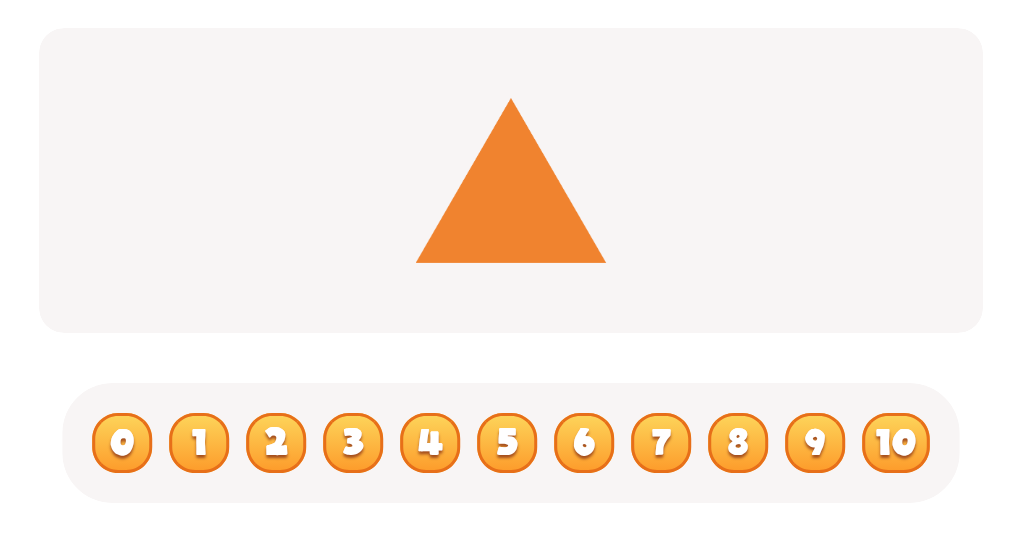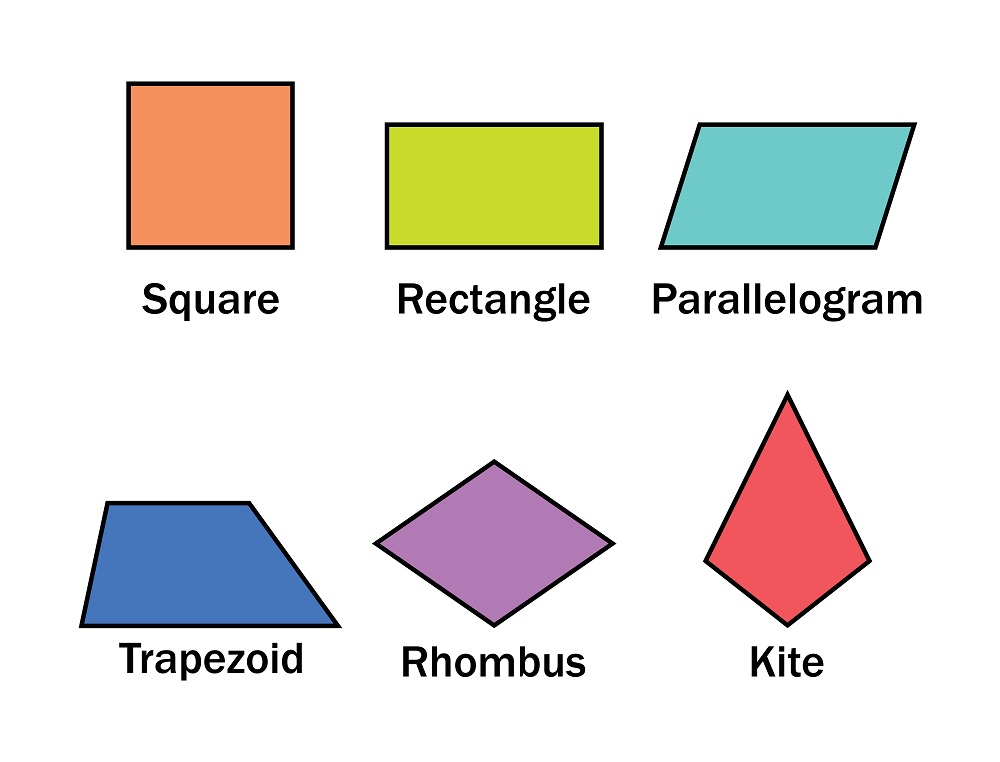Pattern recognition Normal Geometry Worksheets for Ages 3-6
3 filtered results
-
From - To
Discover our engaging Pattern Recognition Normal Geometry Worksheets designed specifically for children aged 3-6! These interactive worksheets introduce young learners to essential geometric shapes while fostering their pattern recognition skills. Through fun activities, kids will identify, create, and replicate patterns using colorful shapes, enhancing their cognitive abilities and problem-solving skills. Our user-friendly designs make learning enjoyable and accessible, promoting creativity and critical thinking. Ideal for home or classroom use, these worksheets support early childhood education by laying the foundation for future math concepts. Begin your child's exciting journey into the world of geometry and patterns today!


Find the Pattern Worksheet


Make the Same Pattern Worksheet


Shape Pattern Fun Worksheet
Pattern recognition and normal geometry are fundamental concepts that significantly benefit children aged 3-6, laying the groundwork for their future learning and cognitive development. During these formative years, children are naturally curious and eager to explore their environment. Introducing them to pattern recognition helps develop critical thinking skills, enhancing their ability to identify, predict, and create sequences. Patterns can be found in everyday life, such as shapes, colors, and sounds, making learning both relevant and engaging.
Teaching normal geometry at this age foments spatial awareness, which is crucial not only in mathematics but also in various fields like science and art. Understanding shapes and their properties helps children visualize and physically manipulate objects, enhancing their problem-solving skills.
Moreover, early exposure to these concepts encourages a mathematical mindset, fostering a sense of accomplishment and confidence. When parents and educators prioritize pattern recognition and basic geometry, they are not just teaching kids to excel academically, but also to think creatively, reason analytically, and connect abstract ideas with tangible experiences. Investing time in these competencies nurtures well-rounded learners who are prepared for the challenges of more advanced math and science studies in the future.
 Assign to My Students
Assign to My Students


























